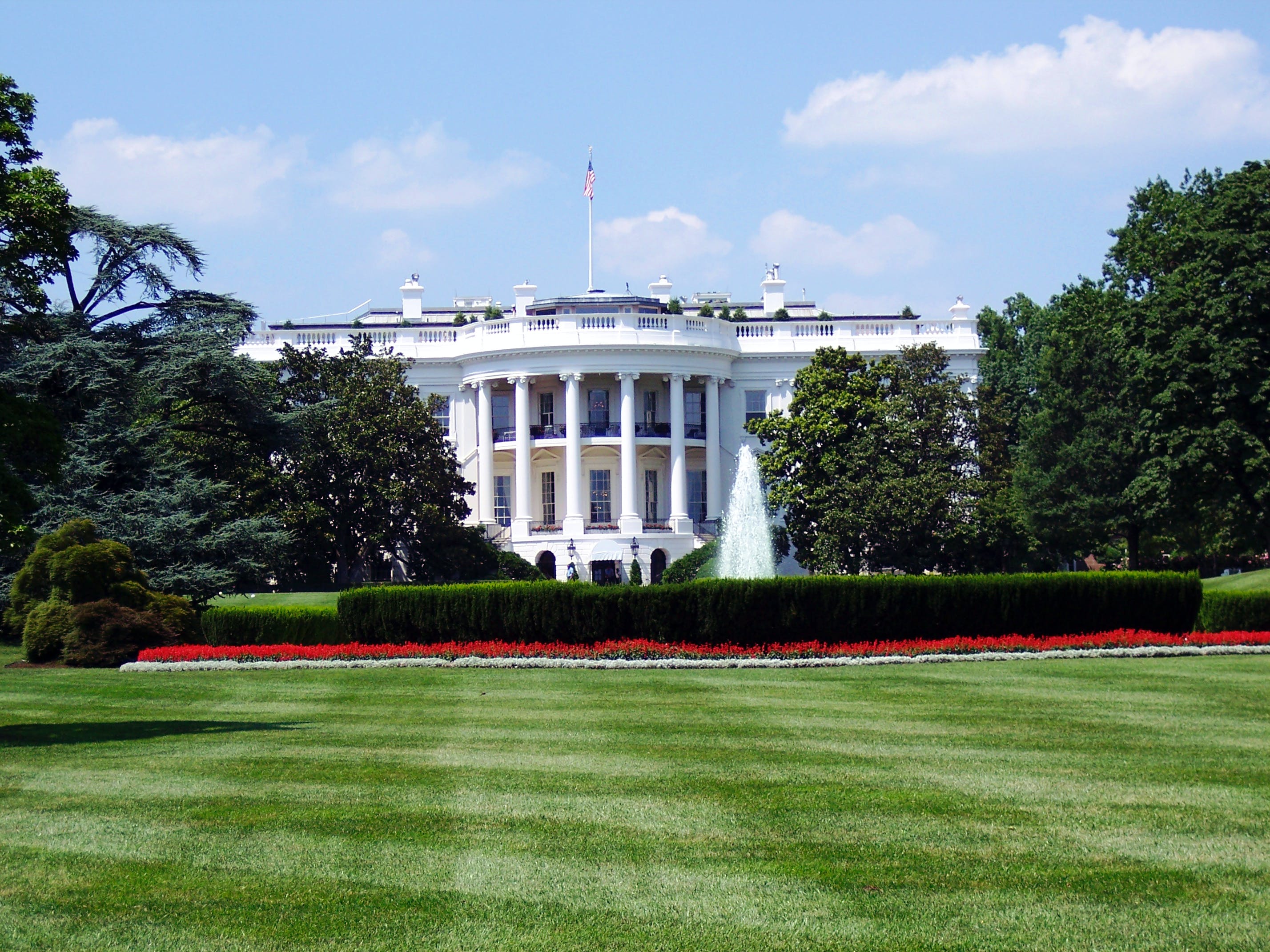Feb 7, 2024
USA
Super NewsNew USCIS Fee Changes for Visa Applicants and Employers
Explore key USCIS fee changes impacting visa applicants starting April 1, 2024. This guide details fee hikes, new costs, and strategic planning tips.

Understanding the Fee Adjustments
H-1B and L-1 Petition Fee Surge
Currently, the cost of Form I-129 for nonimmigrant workers, regardless of the visa classification, is $460. USCIS will now be imposing different fees for different visa classifications.- The H-1B petition fee is set to rise to $780, constituting a noteworthy 70% increase from the existing $460.
- L-1 petition fees will witness a substantial surge to $1,385, reflecting an astonishing 201% increase from the current $460.
- The O-1 petition will go from its current fee of $460 to $1,055, which is a 129% increase for large employers and from $460 to $530 for small employers who have 25 or fewer employees.
- The E-1, E-2, E-3, and TN will see an increase from $460 to $510, adding 11% to its fee.
H-1B Cap Registration Fee Overhaul
The H-1B cap registration fee is set to experience a significant upswing to $215 from the current $10, effective from the FY 2026 cap season. The agency states that the increase is the result of a review of the cost of administering the H-1B registration system. The good news is, the new registration fee will not affect FY 2025 cap registrations, for which the fee will remain $10. The higher registration fee will be in place for the FY 2026 cap season, which begins in March 2025.Extended Premium Processing Timeframe
The premium processing timeframe undergoes a shift from calendar days to business days, potentially elongating processing times by a week or more. With the processing time increasing, premium processing fees will also see a bump upwards of just over 12%, with the premium processing fee for Form I-140 petitions and most I-129 rising to $2,805.Adjustment of Status Fee Restructuring
USCIS imposes a fee of $1,440 on most adjustment of status applications, accompanied by a reduced fee of $950 for applicants under 14. USCIS has also announced it will unbundle the Employment Authorization Document (EAD) and Advance Parole (AP) fees from the adjustment of status filing fee. Currently, the filing fee for adjustment of status covers the cost of the EAD and AP fees. Under the new rule, applicants for adjustment will pay separate fees for each beginning April 1, 2024. USCIS will be cutting the fee for the EAD in half, from $520 to $260. The cost for AP will be $630 for an initial application.EB-5 Immigrant Petition Fee Surge
Filing fees for specific EB-5 immigrant petitions, including Form I-526 and Form I-526E, see a substantial increase to $11,160, marking a staggering 204% rise from $3,675.Strategic Planning for Applicants & Employers
- Budget Planning: Employers should incorporate the budget impact of increased filing fees into their strategic planning for Form I-129 and Form I-140 filings.
- Premium Processing Timeline Strategies: Due to the revised premium processing timeframe, employers need to adopt strategies to mitigate potential delays in adjudications.
- Form and Fee Updates Awareness: Staying informed about the updated editions of key USCIS application and petition forms, expected to become mandatory on April 1, is imperative for employers and immigration counsel.
- Early Preparation and Submission: To capitalize on the current fee structure, applicants and employers should collaborate with immigration teams to prepare and submit cases well before the April 1 deadline. Additionally, early preparation and submission of renewal applications can help avoid unnecessary premium processing fees.
Fee Comparison Chart
| USCIS Form | Current Fee | New Fee Beginning April 1 | Percent Change |
|---|---|---|---|
| H-1B Petition | $460 | $780 | 70% |
| L-1 Petition | $460 | $1,385 | 201% |
| H-1B Cap Registration Fee | $10 | $215 | 2,050% |
| Adjustment of Status Fee | $1,140 | $1,440 | 26% |
| Premium Processing Fee | $1,500-$2,500 | $2,805 | 12% |
| EB-5 Immigrant Petition Fee | $3,675 | $11,160 | 204% |
Conclusion
In navigating the upcoming USCIS fee changes, applicants and employers need to adopt a proactive approach, understanding the intricacies of the modifications and strategically planning for their immigration filings. This comprehensive guide, coupled with the fee comparison chart, serves as a roadmap for employers to navigate the evolving USCIS fee structure, ensuring a smooth transition and compliance with the revised regulations. Follow us on social media for more exciting updates coming your way.
U.S. Immigration CounselRobert Wees


